A special issue of Macromolecular Reaction Engineering presents recent progress in online monitoring and process control.
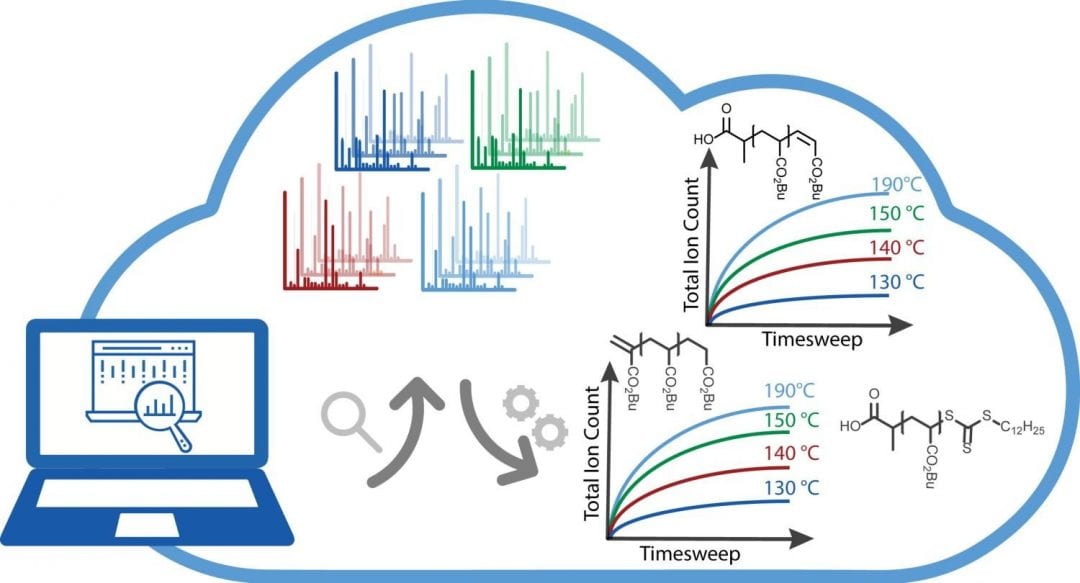

A special issue of Macromolecular Reaction Engineering presents recent progress in online monitoring and process control.

Lower healing temperatures lead to longer lifetimes in self-healing materials.
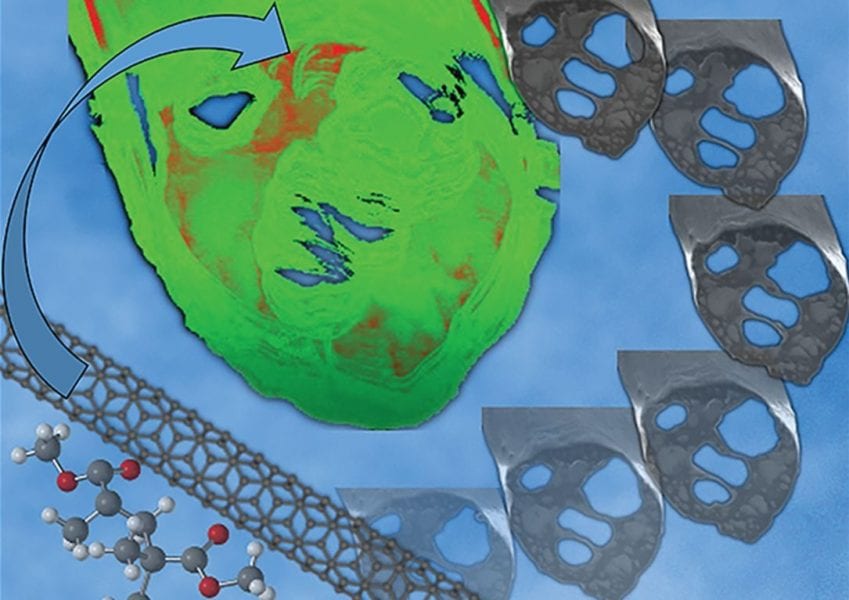
A special issue of Macromolecular Materials and Engineering presents recent progress in electrospinning technologies and nanofiber utilization

Tailor-made peptide-PEG conjugates are used as formulation additives to improve the water solubility of an anti-Alzheimer drug.
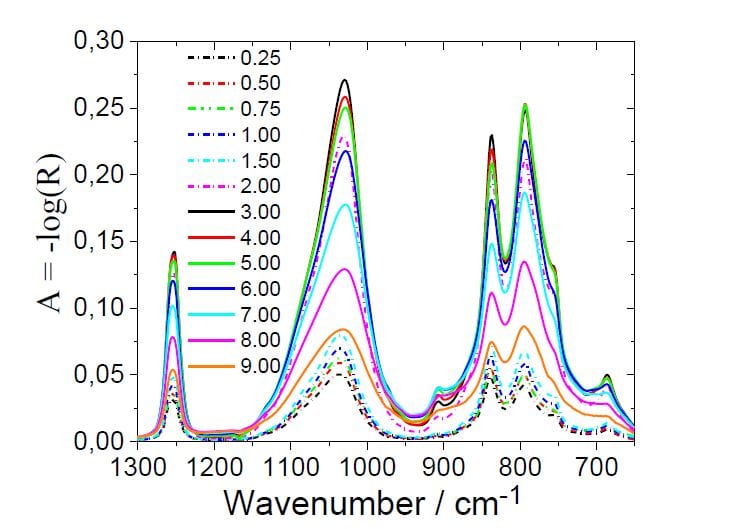
A new method of analysis of plasma-chemical energy-transfer processes is demonstrated.
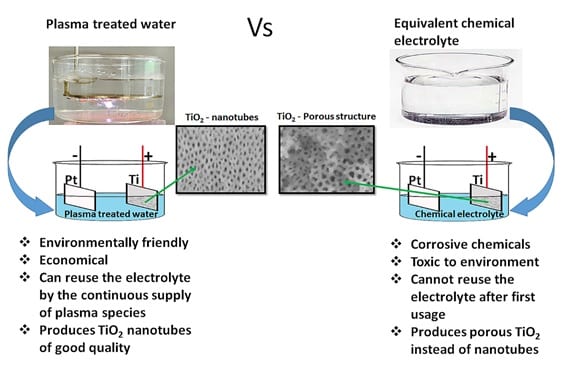
Superior performance of plasma treated water as an anodizing electrolyte for producing nanoporous titanium dioxide nanotubes.
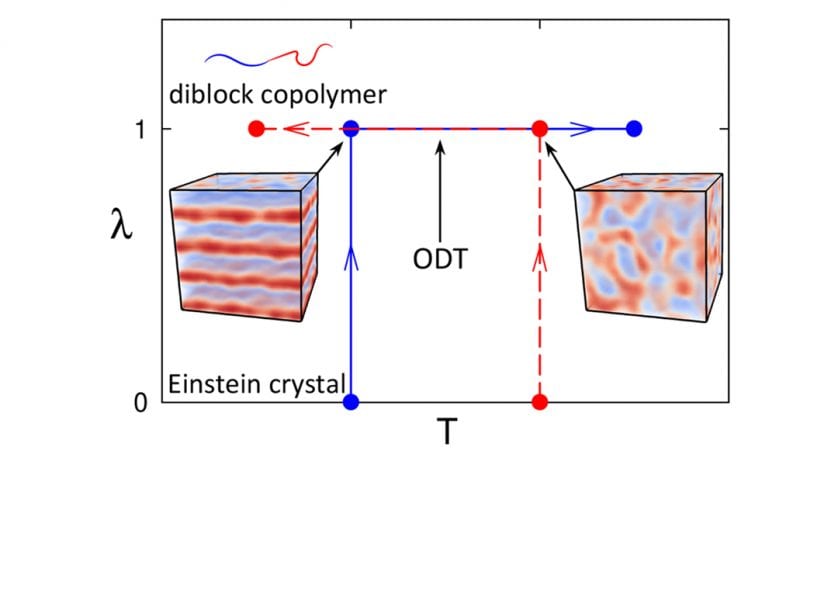
Researcher from Canada and the United Kingdom demonstrate a fast and precise way of examining block copolymer melts using Monte Carlo simulations.
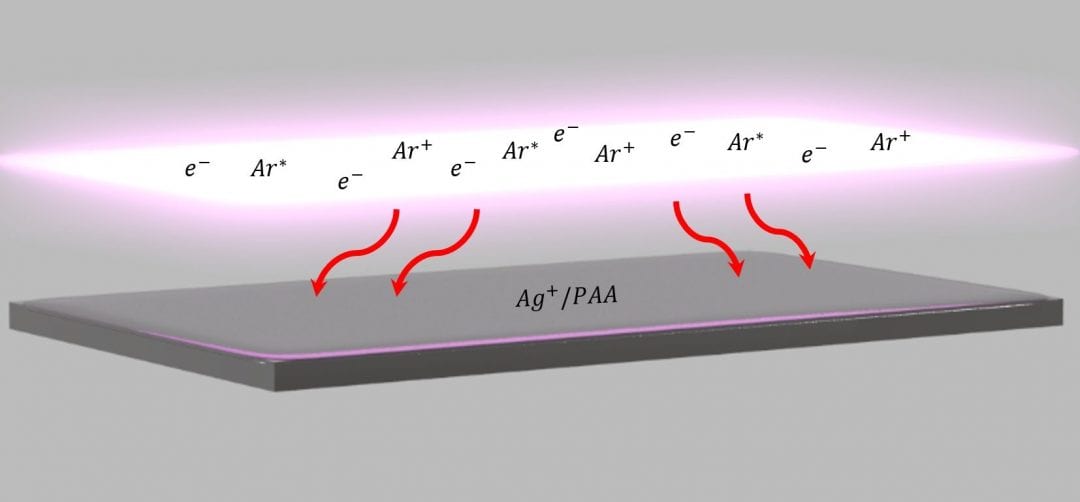
New research shows in situ processes as a solution to improve dispersion in nanocomposites.
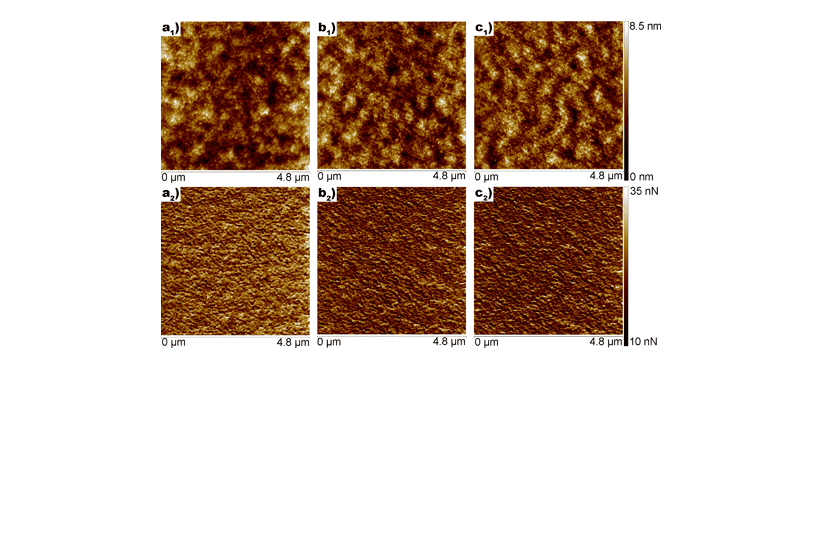
New research on the self-regenerative effect of siloxane coatings on polycarbonate.
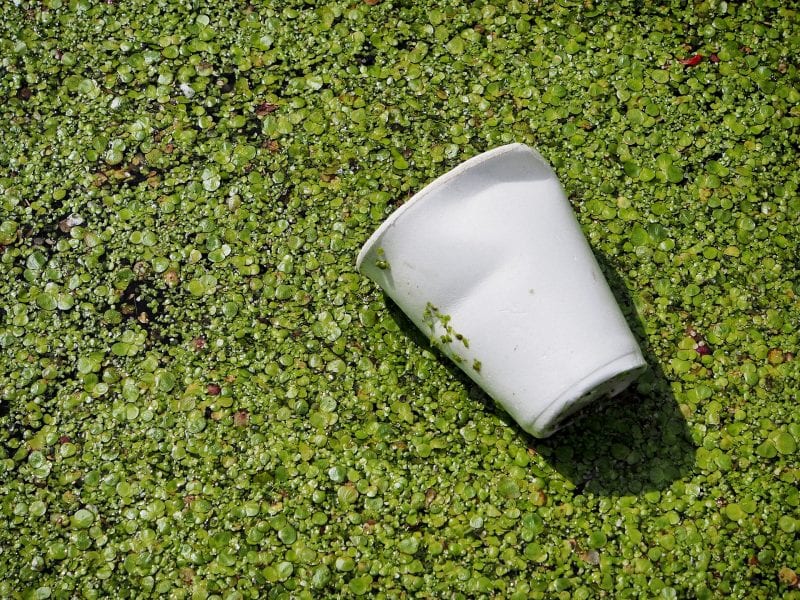
The stability of biodegradable polymers in both fresh water and sea water is investigated to determine how degradable they really are.